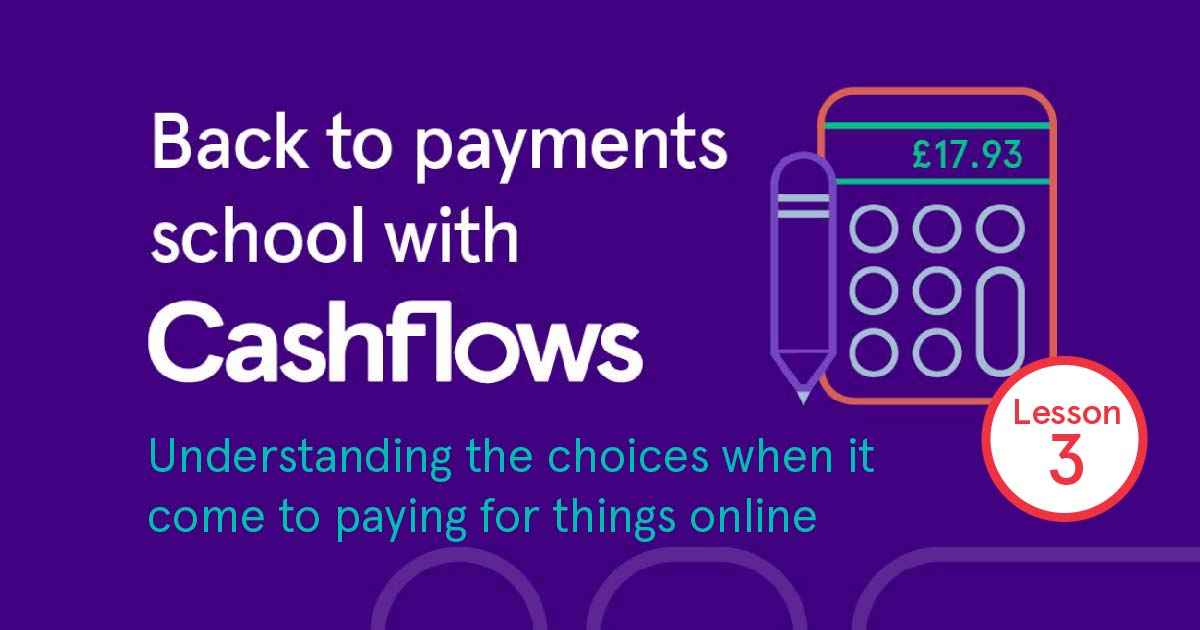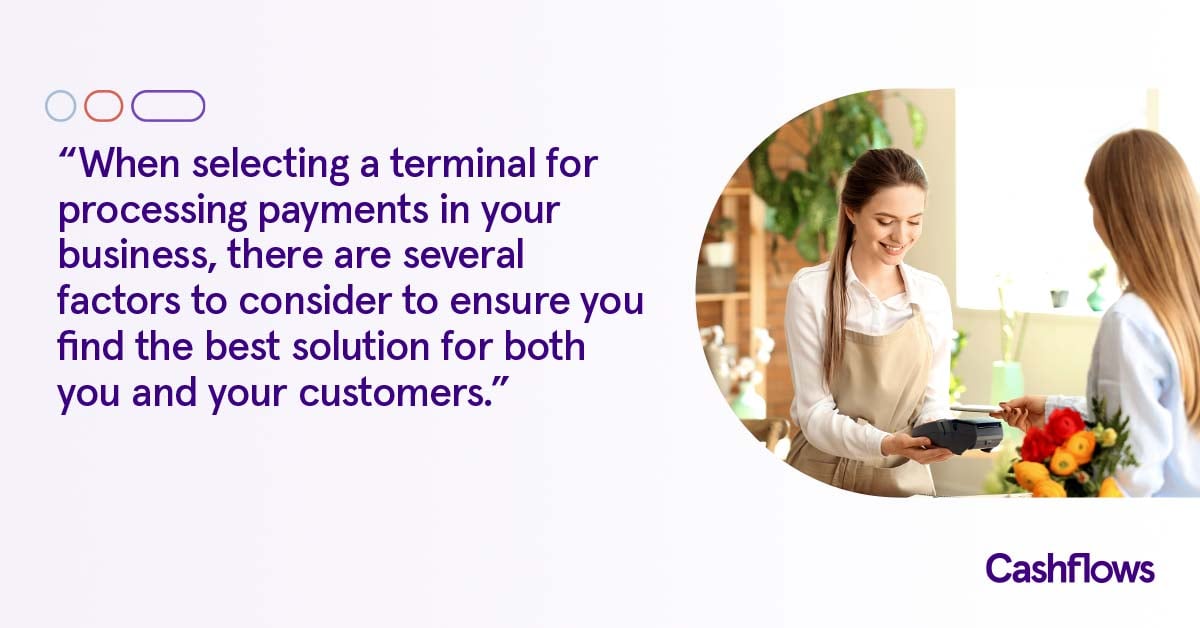87% of people in the UK shopped online last year. That’s a huge increase, challenging the old opinion that the internet isn’t for everyone. One of the biggest influences is how easy it’s become to shop and pay for things online, with speedy, simple experiences, accessible to everyone from anywhere.
Debit and credit cards still lead the way in volume, but growth of e-wallet usage is accelerating fast. Here’s a quick overview for you.
Debit and credit payment cards
Mastercard and Visa debit and credit cards still dominate across the world, but on many websites, you’ll see the logos of American Express, Diners, Discover and Union Pay International (which used to be called China Union Pay). All the card schemes offer safe and secure ways for consumers to pay, however accepting Mastercard and Visa are must-haves for any retailer, while the latter three brands can be powerful in helping you to attract spend from affluent, international or corporate visitors to your site.
Apple Pay
Provides a wallet which sits on your Apple phone, device and computer and is linked to your Apple user account. It replaces physical cards and cash with an easier and more private payment method — whether you use it in a shop for a contactless transaction, on a website or to checkout in an app. Apple Pay uses the registered device you’re using plus a fingerprint to authenticate users, which keeps the experience fast and secure. Lots of retailers accept Apple Pay now and it’s especially popular with younger consumers who buy frequently online and through apps.
Google Pay
From a consumer point of view, Google Pay works just like Apple Pay, so you can pay for things in person (using contactless) and while using your mobile to shop on websites and in apps. While it’s not limited to devices that operate using Android, the experience is designed for mobile devices that do. You can store multiple cards in your Google account, so you don’t need physically to have them with you when you transact. Google Pay is growing fast, and in the UK that’s likely to continue as Android increases its market share of device operating systems, vs Apple/IOS.
Apple Pay and Google Pay are perfect for making contactless transactions on the go, one of many reasons they’ve boomed as contactless travel has become standard. Because you use a PIN or fingerprint to prove it’s you, you can also make contactless transactions above the usual contactless limit.
PayPal
PayPal came to prominence when it was bought by eBay in 2002 and it originally grew off the back of the popular trading platform. In 2016 it was sold, and now operates as an independent company. PayPal is an electronic wallet which stores delivery and payment details (for both cards and bank accounts) securely for users, who can then choose PayPal when checking out at many websites. PayPal can be used for face-to-face transactions where retailers accept it, but it’s not used as frequently in-person as the other e-wallets which use the contactless acceptance network.
Paying over the phone
If a customer wants to pay for something over the phone, a retailer can record their card payment details and make the transaction for them. The safest way to do this is through an online form into which the card details are entered directly – usually by the sales agent. You’ll sometimes hear this called a virtual terminal, and it’s a great tool for businesses that don’t have a website but do sell remotely, as it means they don’t need to store card details.
Paying by clicking a link
Businesses that send out invoices or order confirmations online can attach a link which makes it super easy for their customers to pay. When they click on the link, they’re taken to a secure form where they can enter their card details – a bit like the virtual terminal feature above. It’s convenient for customers, and means the business gets paid promptly and without having to deal with personal information like card numbers.
The final bell has rung, so that’s the end of our very whistle-stop tour of online payments. If you’re interested in learning more, you can always graduate into greater detail by checking our website or getting in touch with our expert team.


